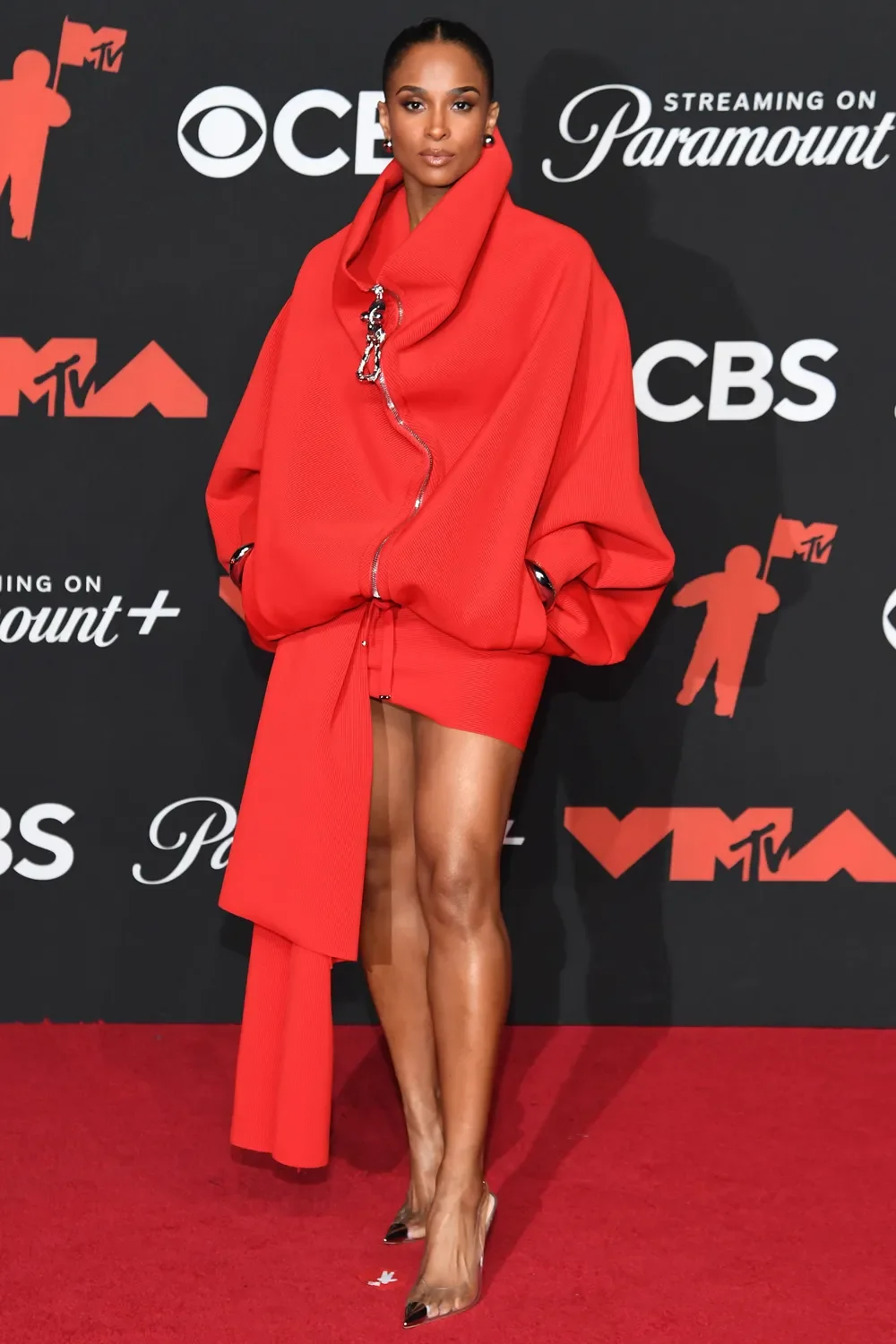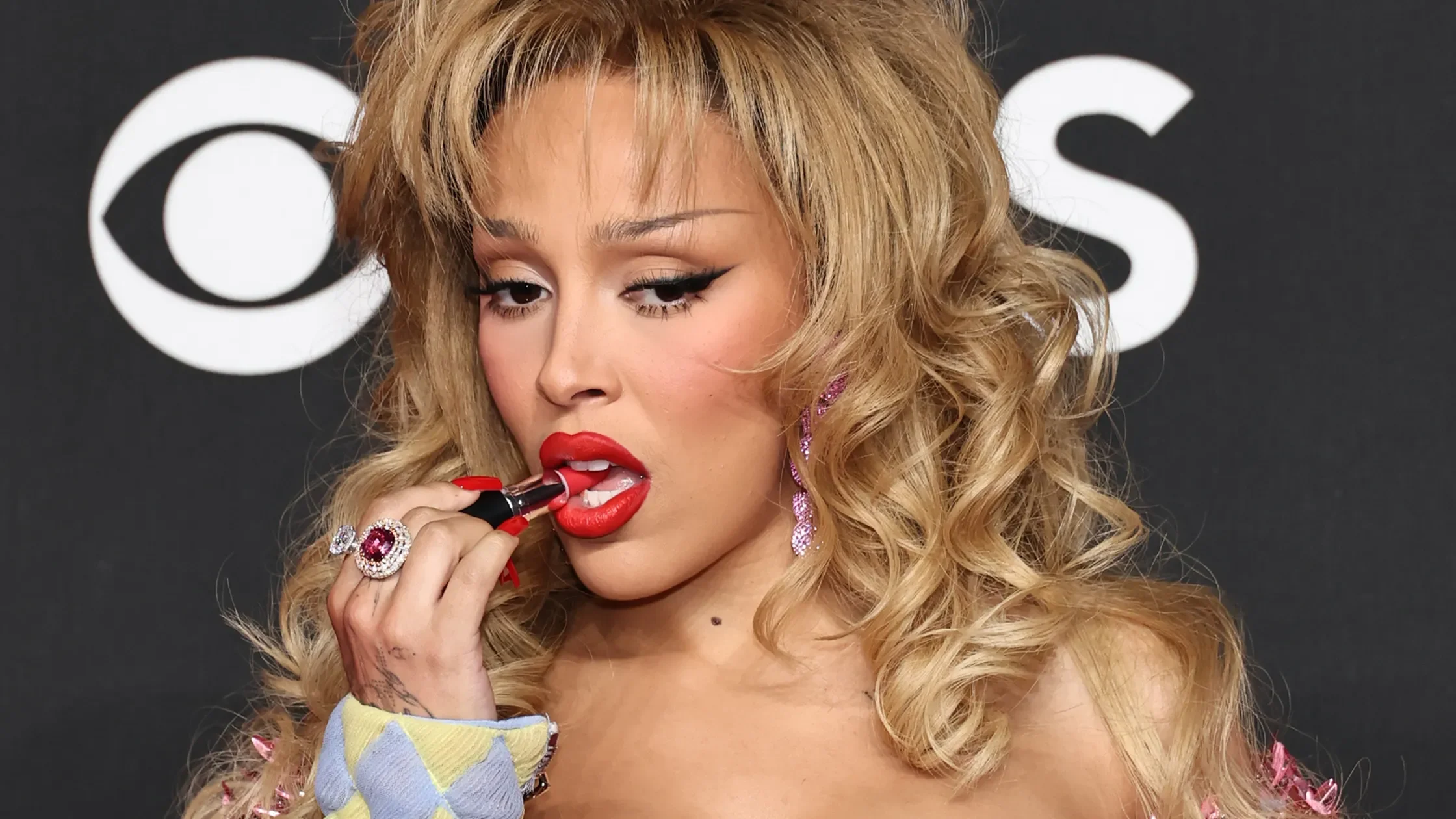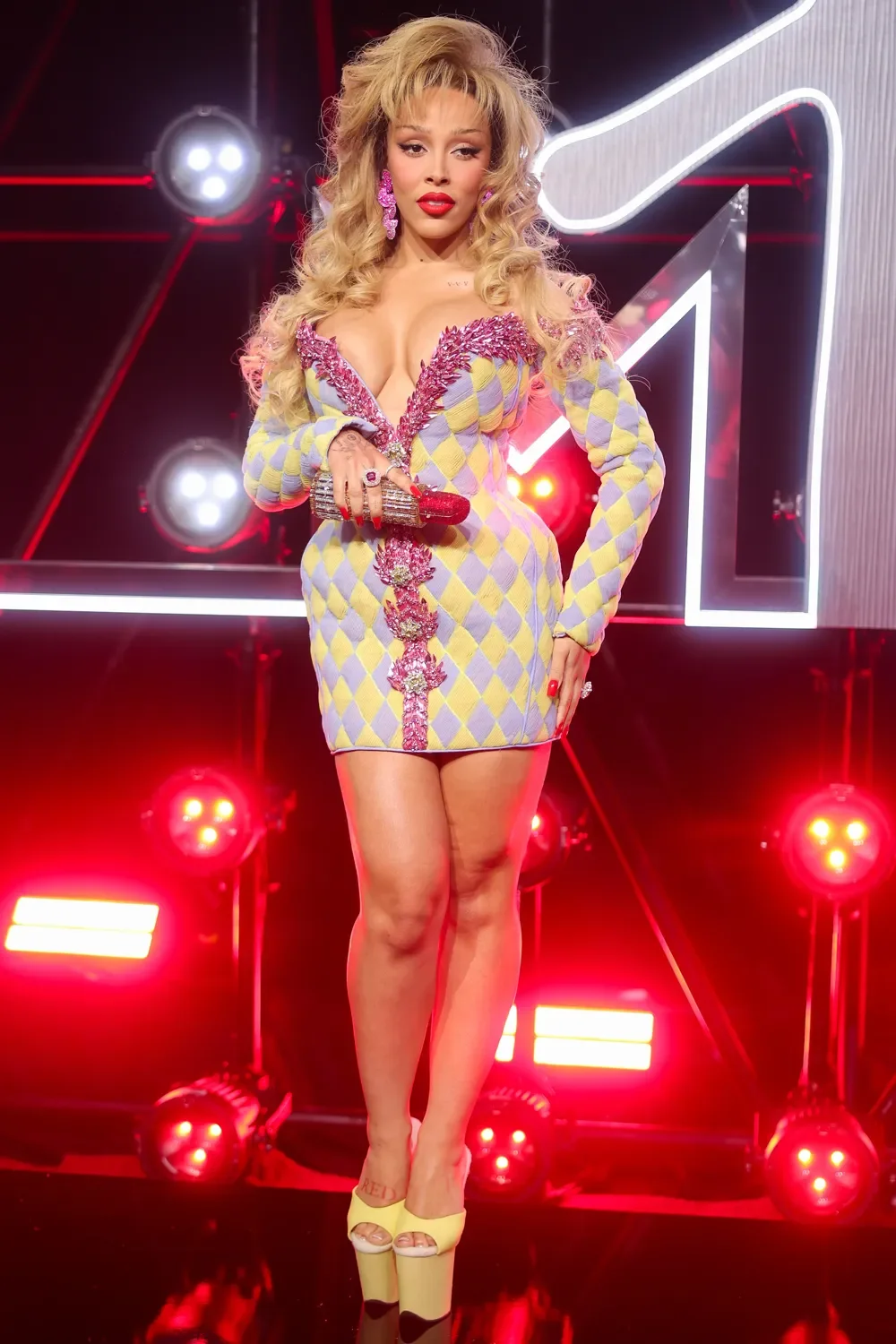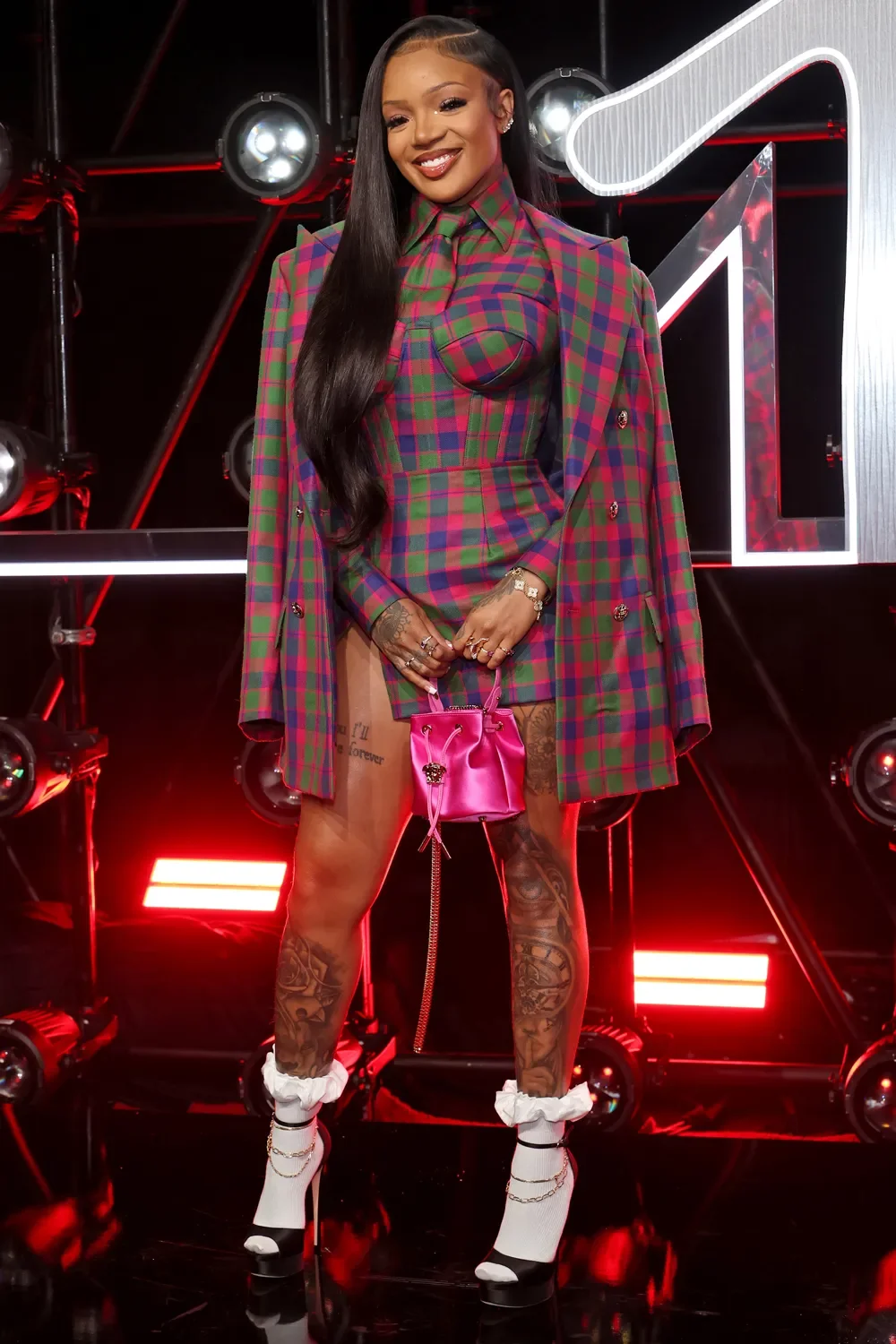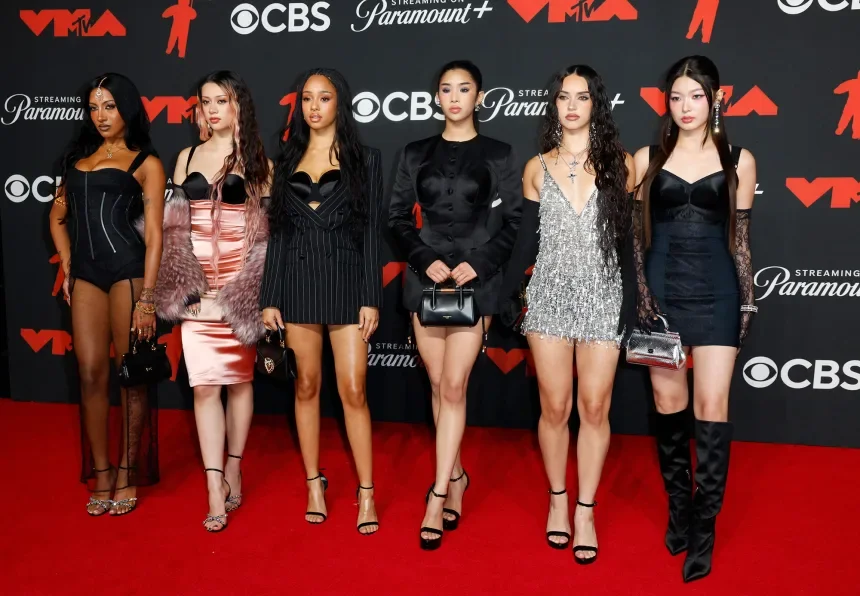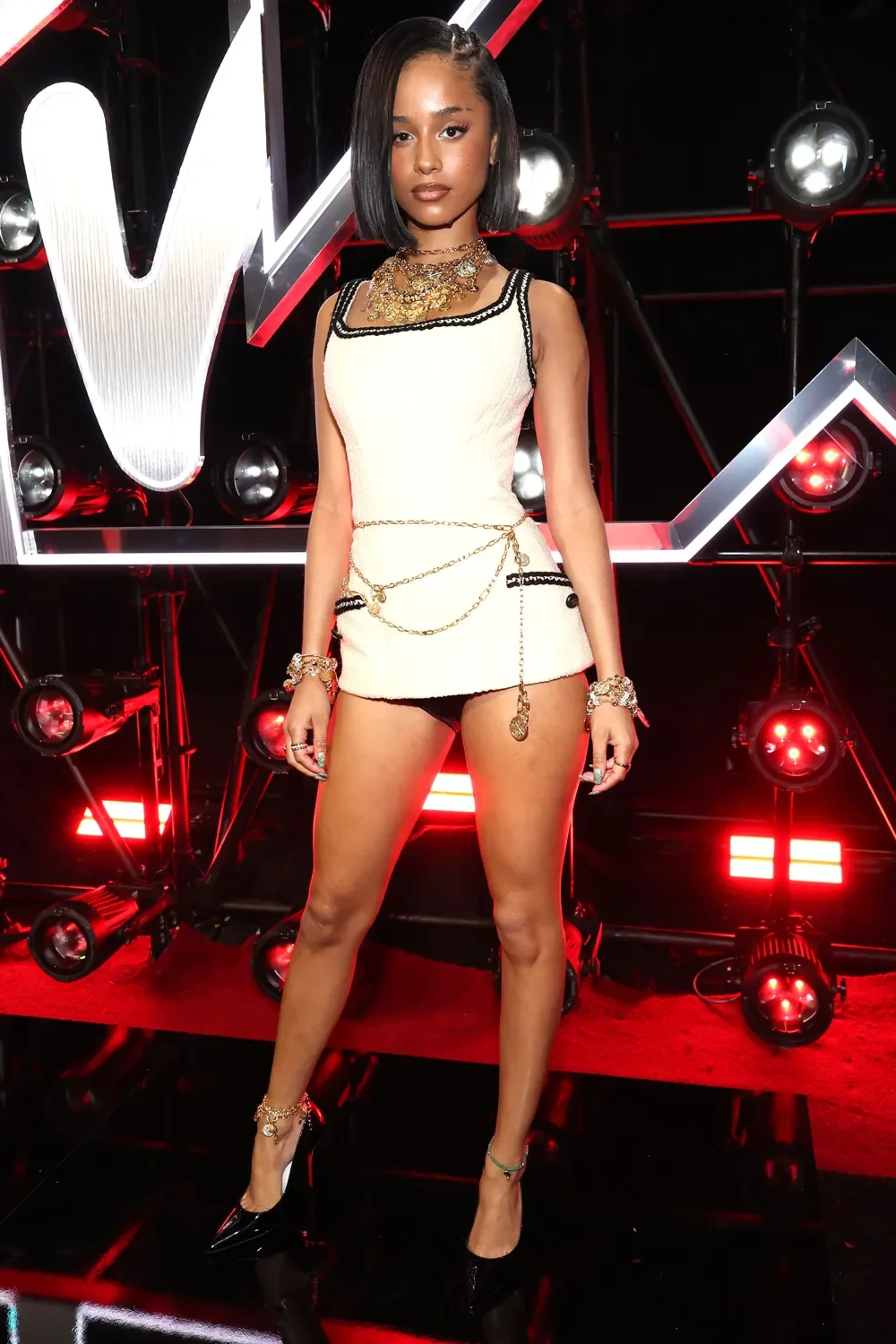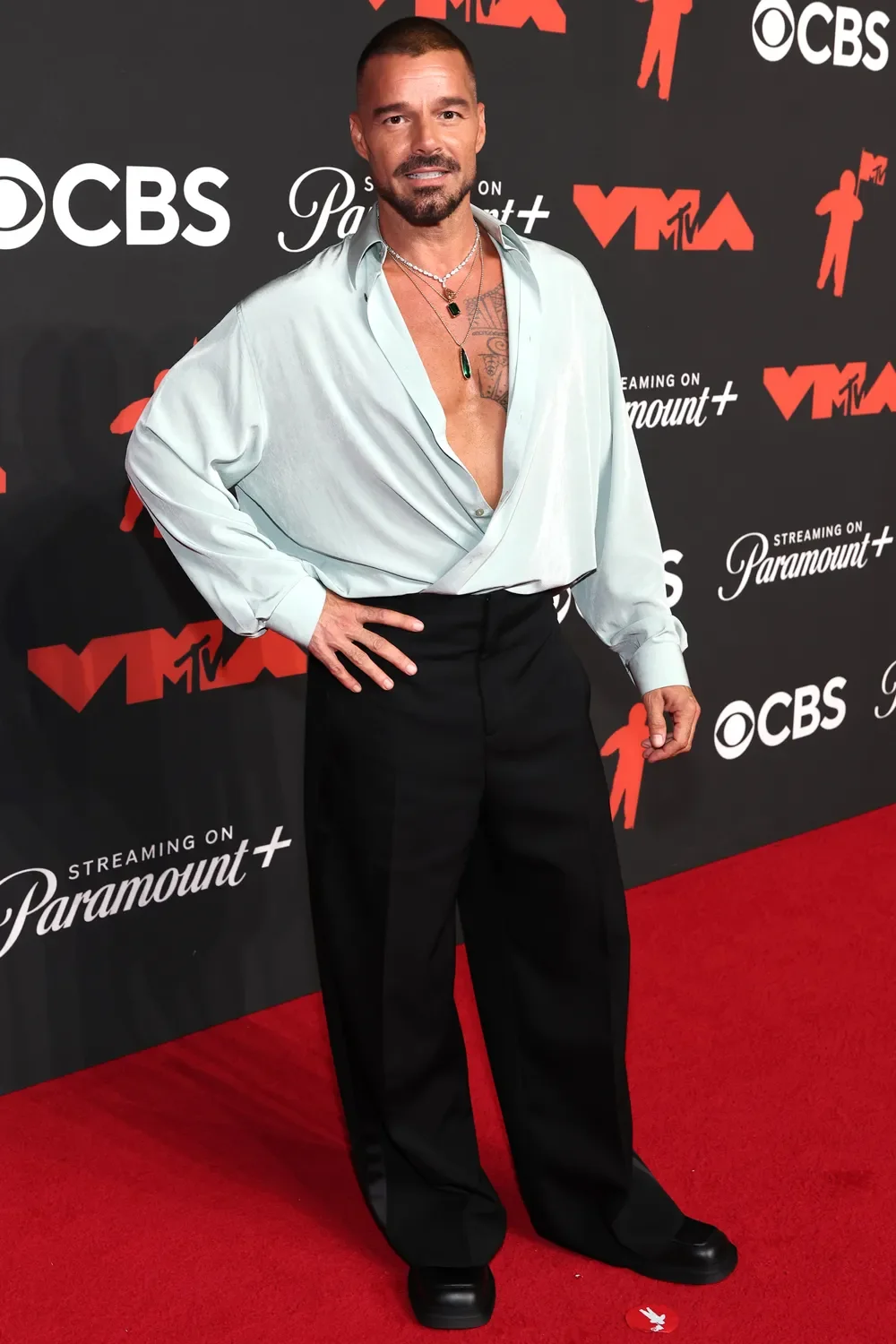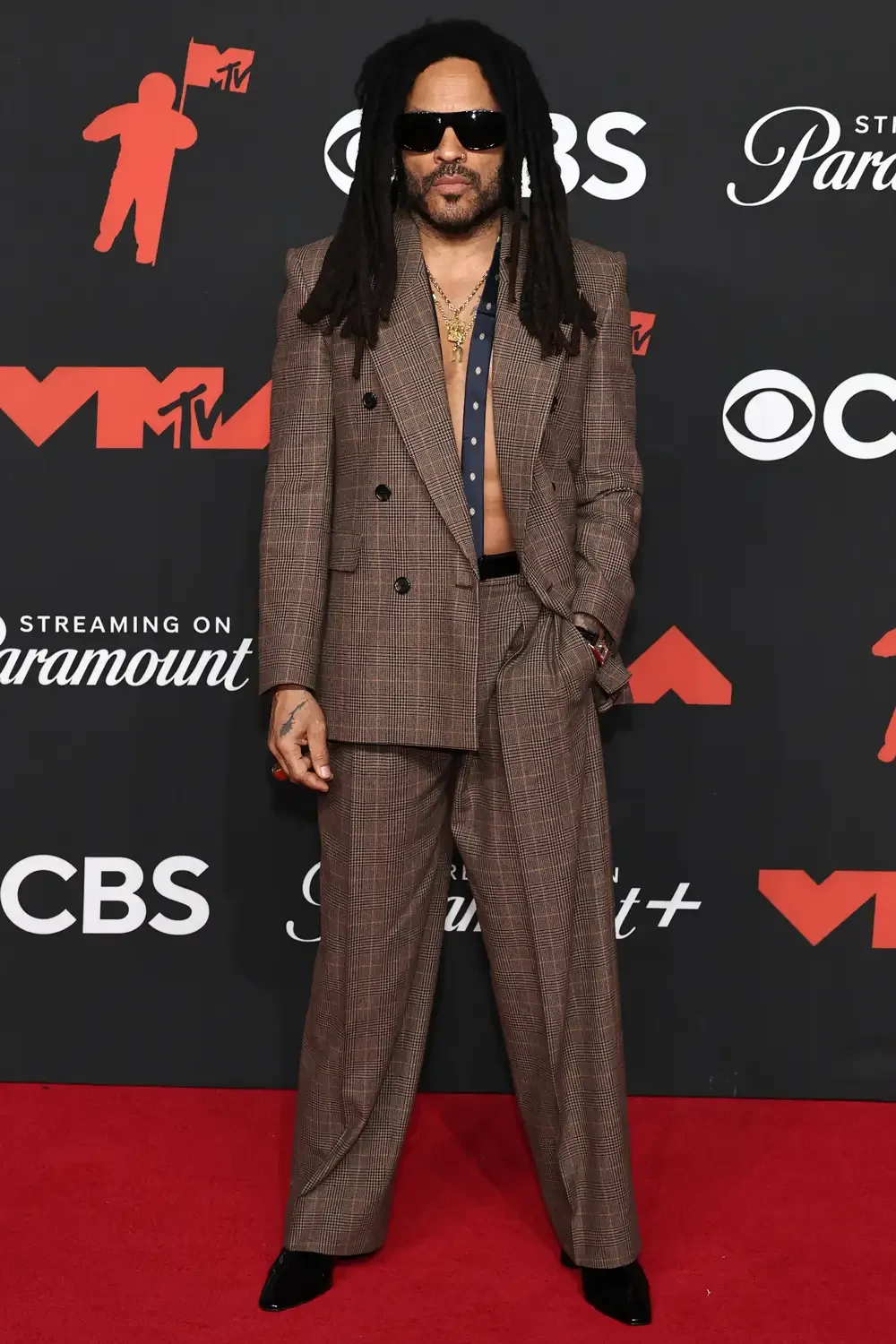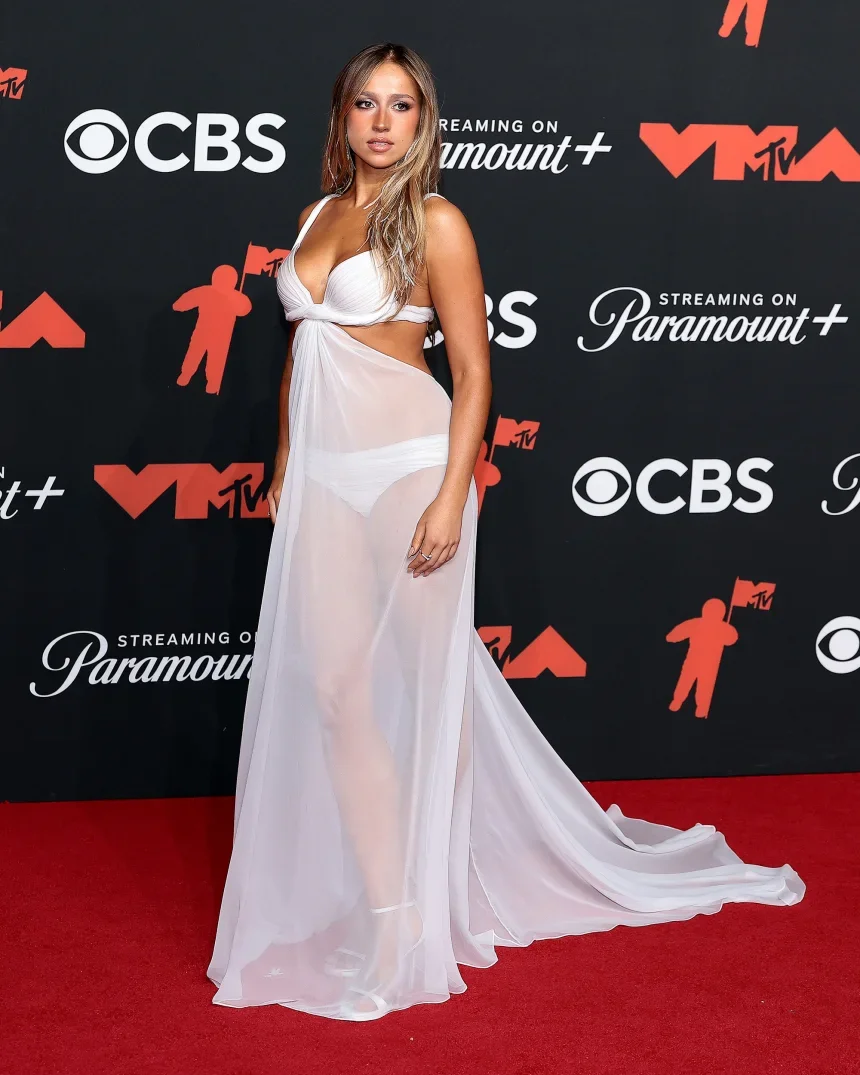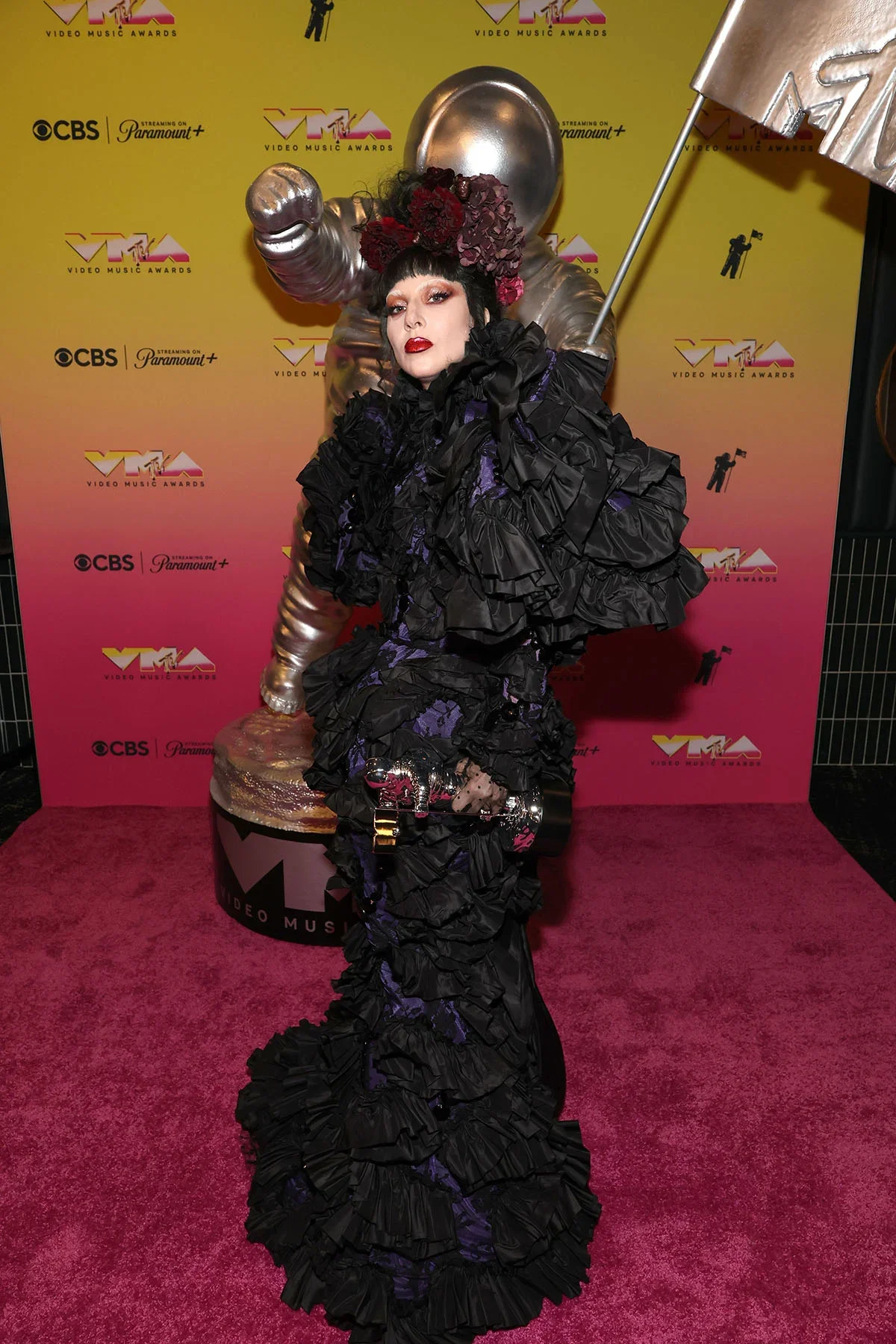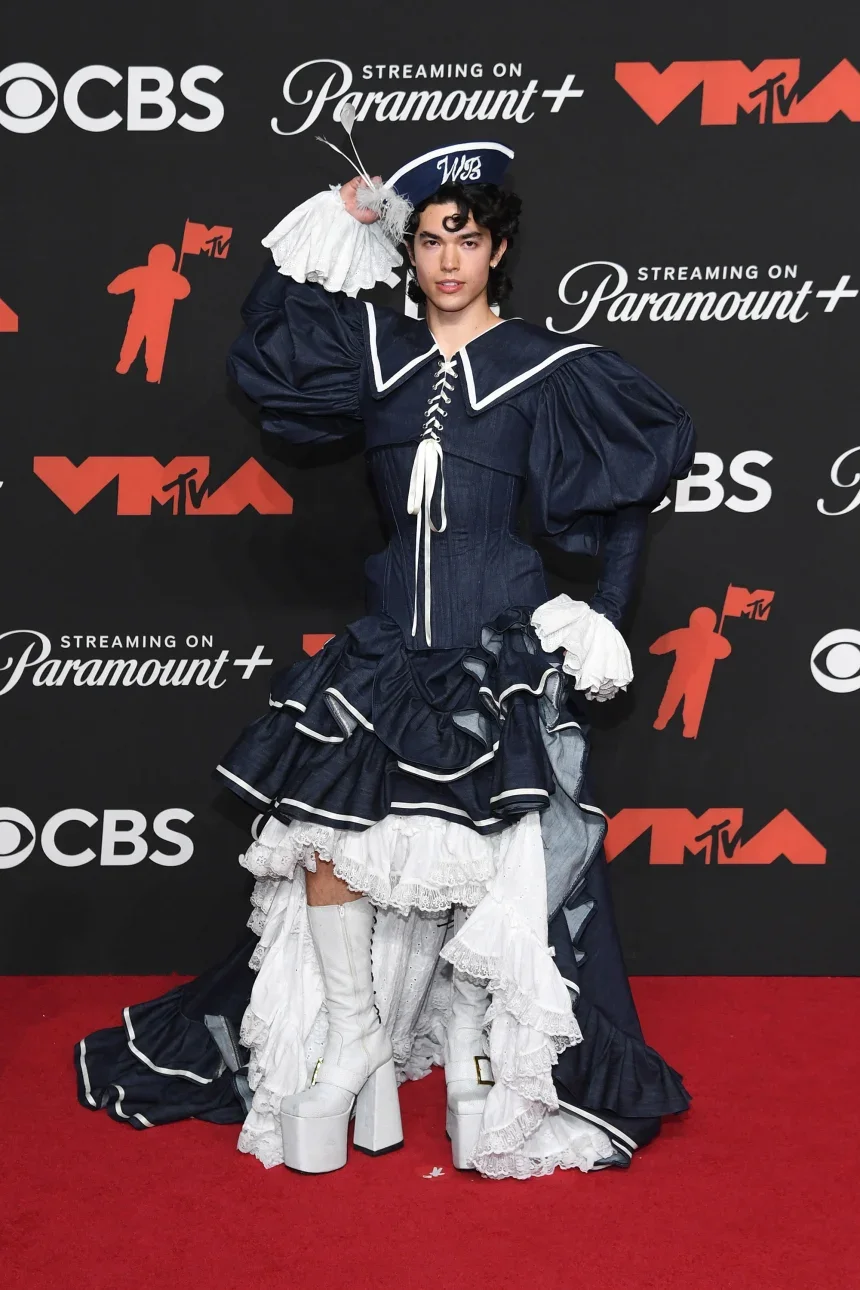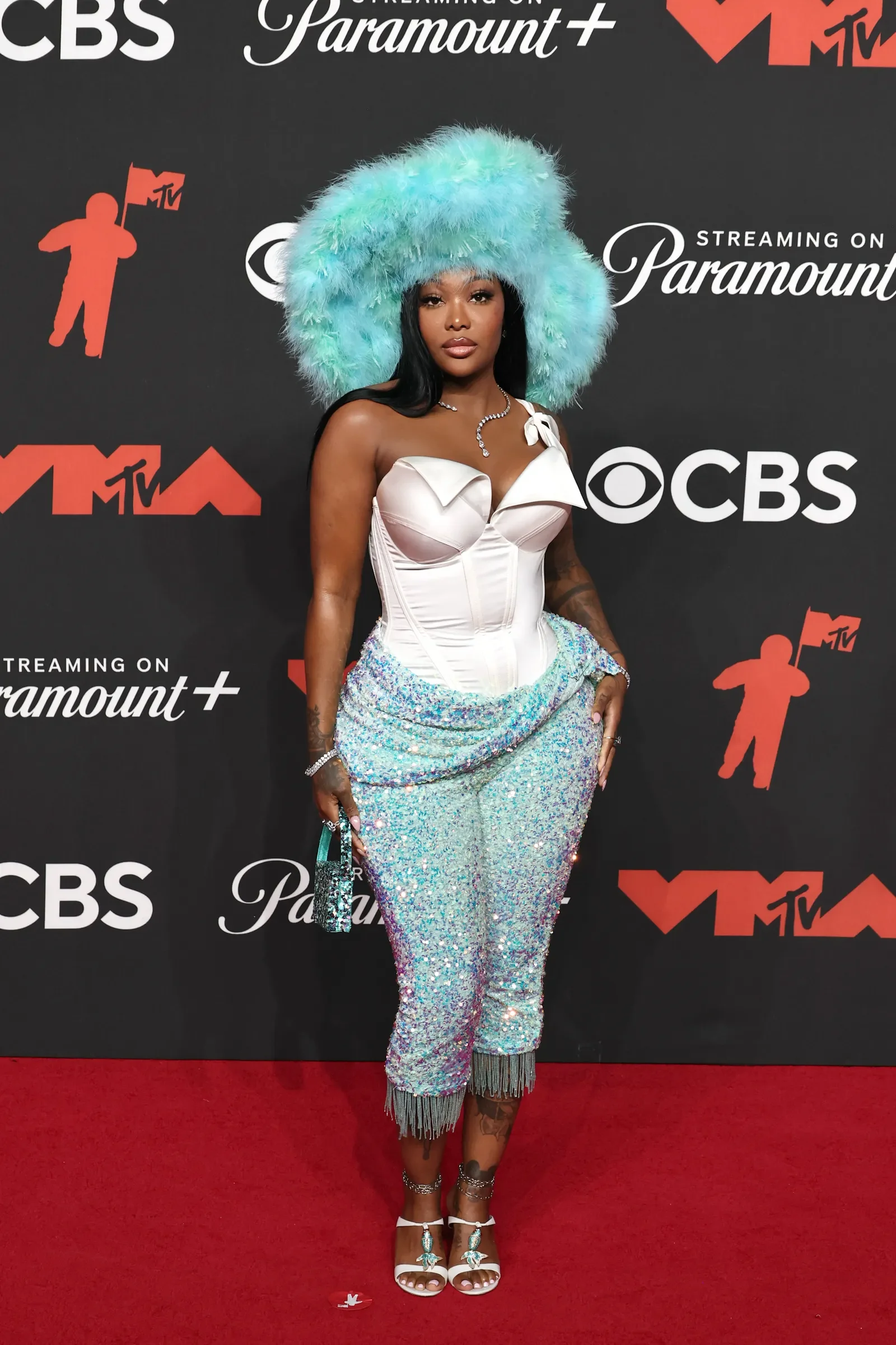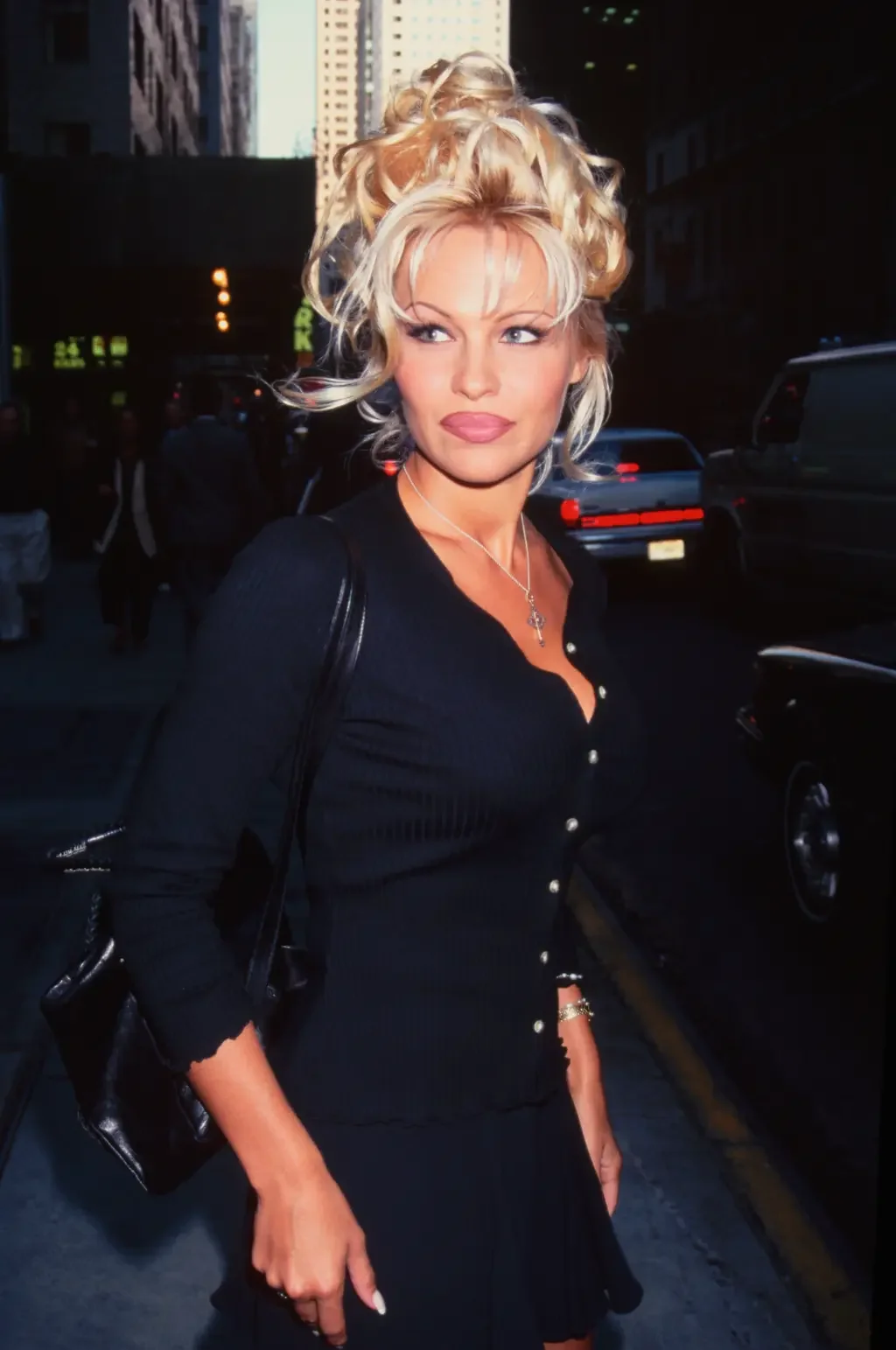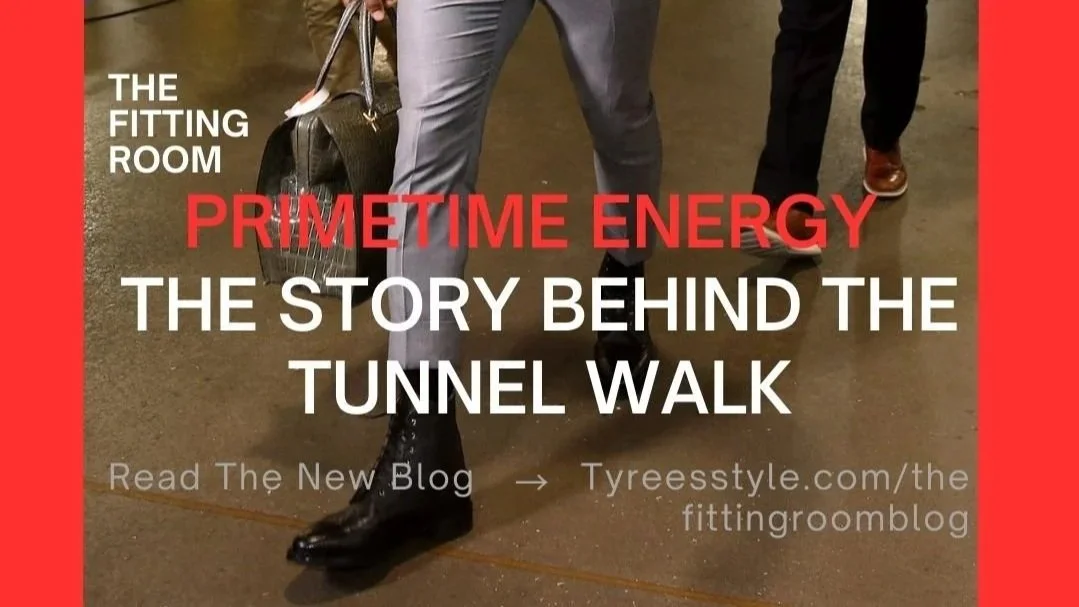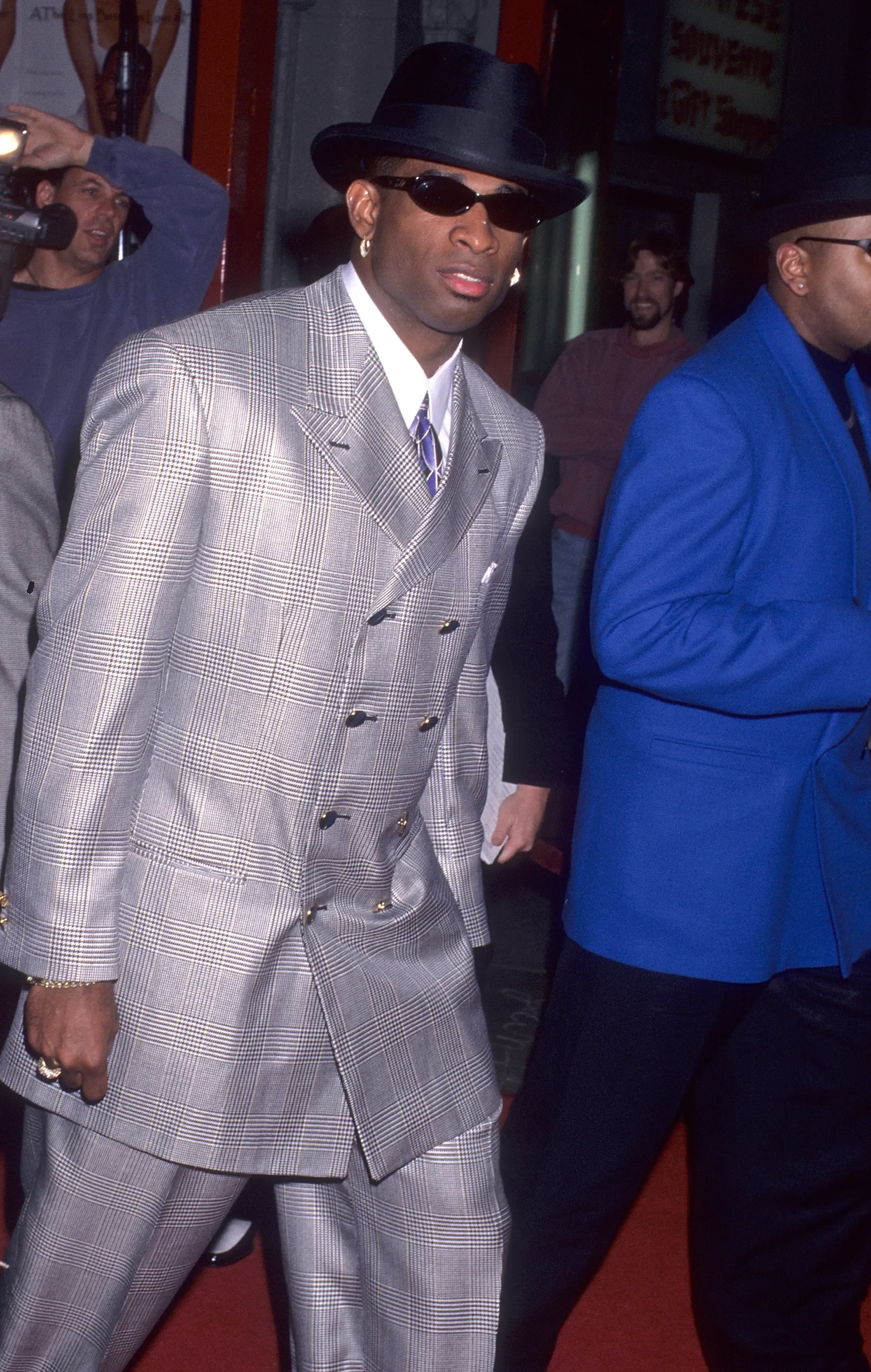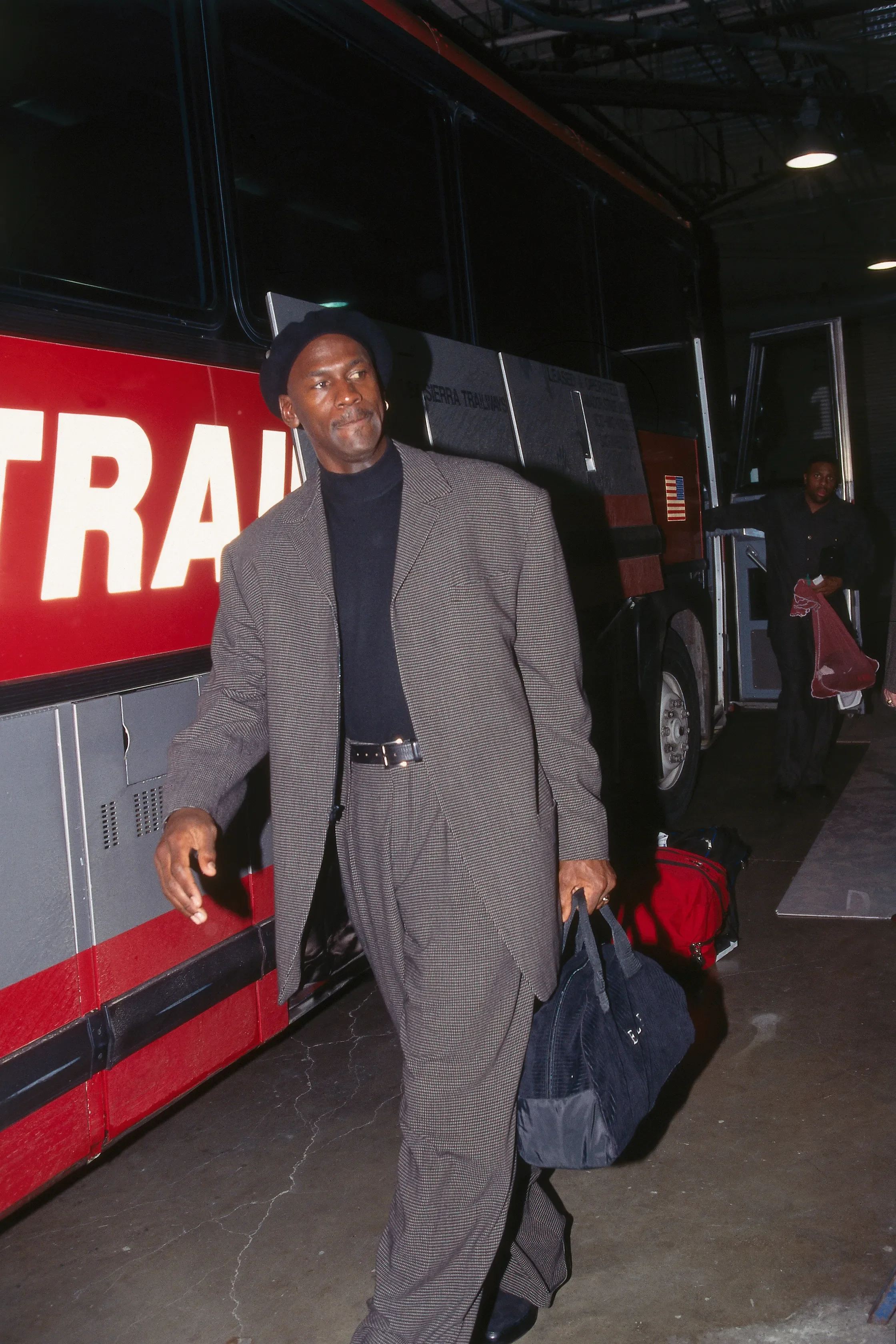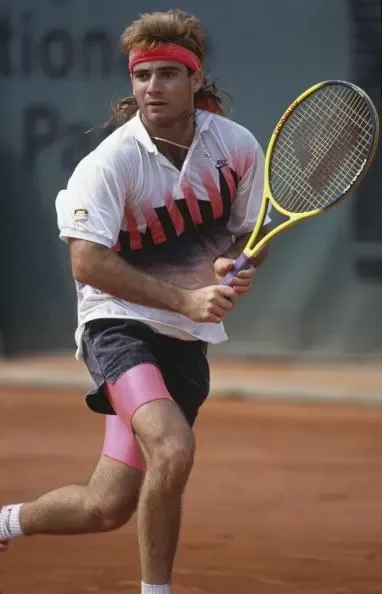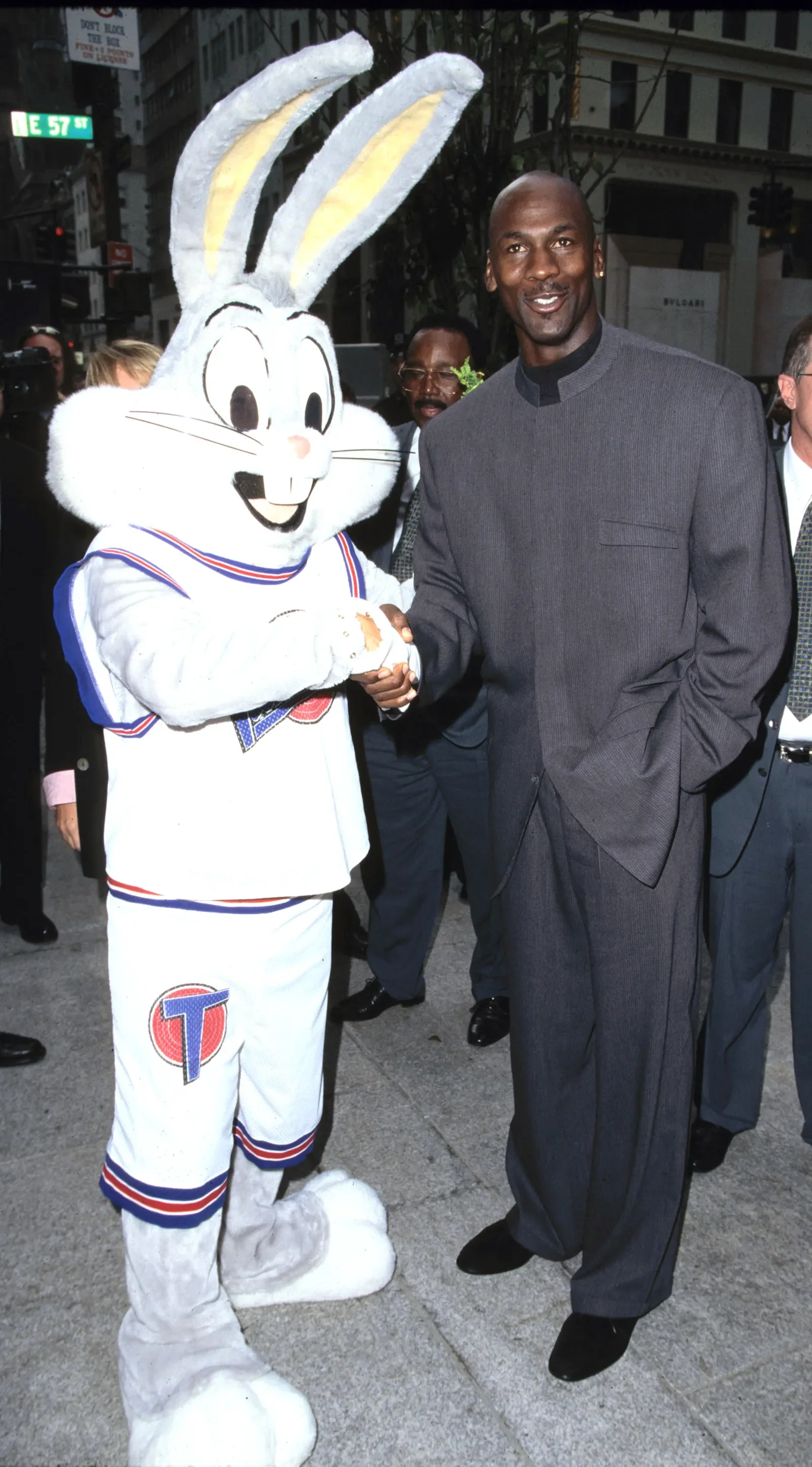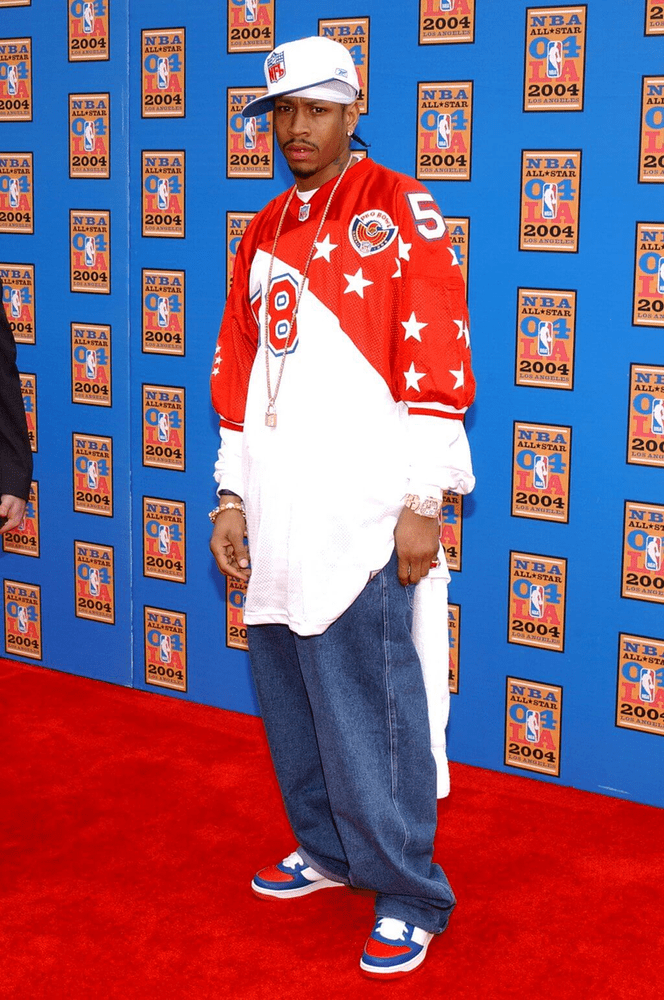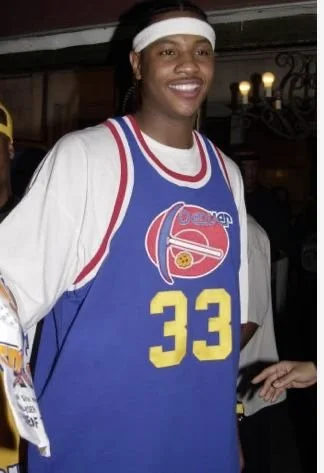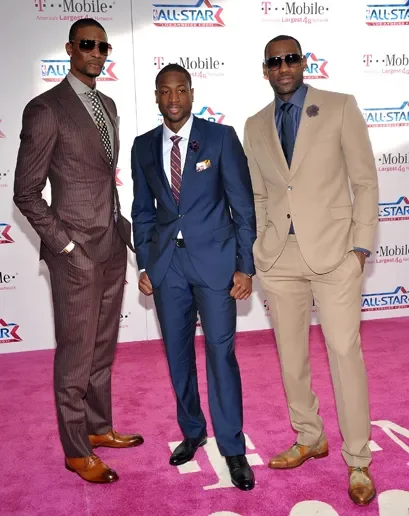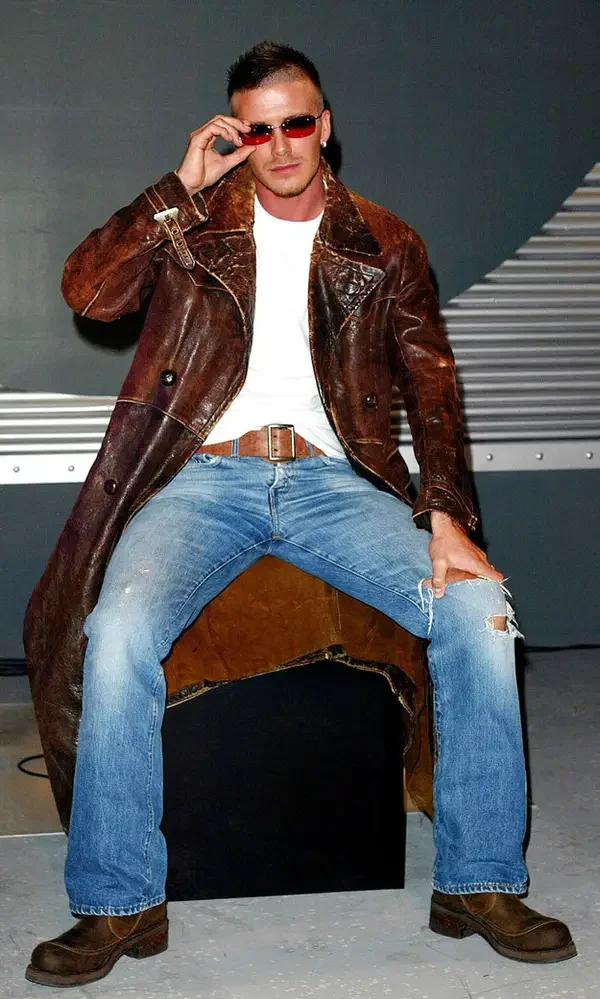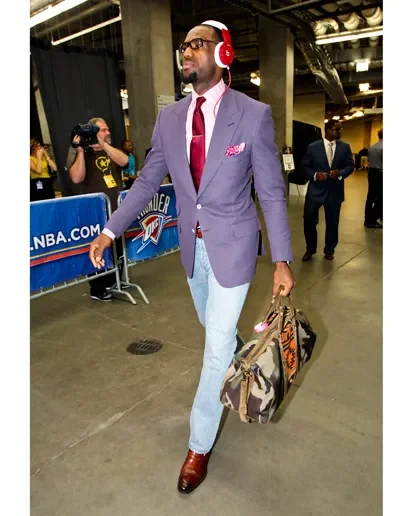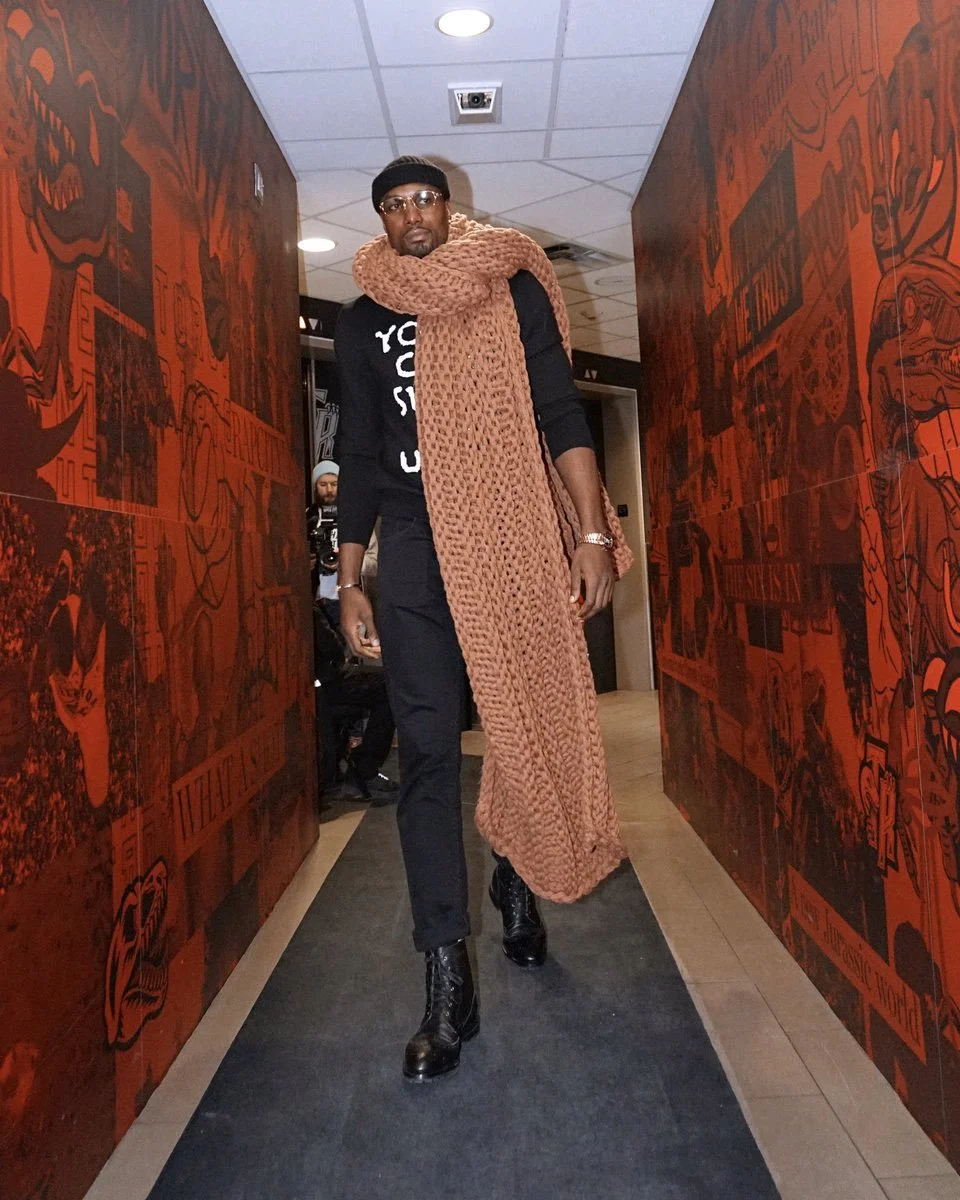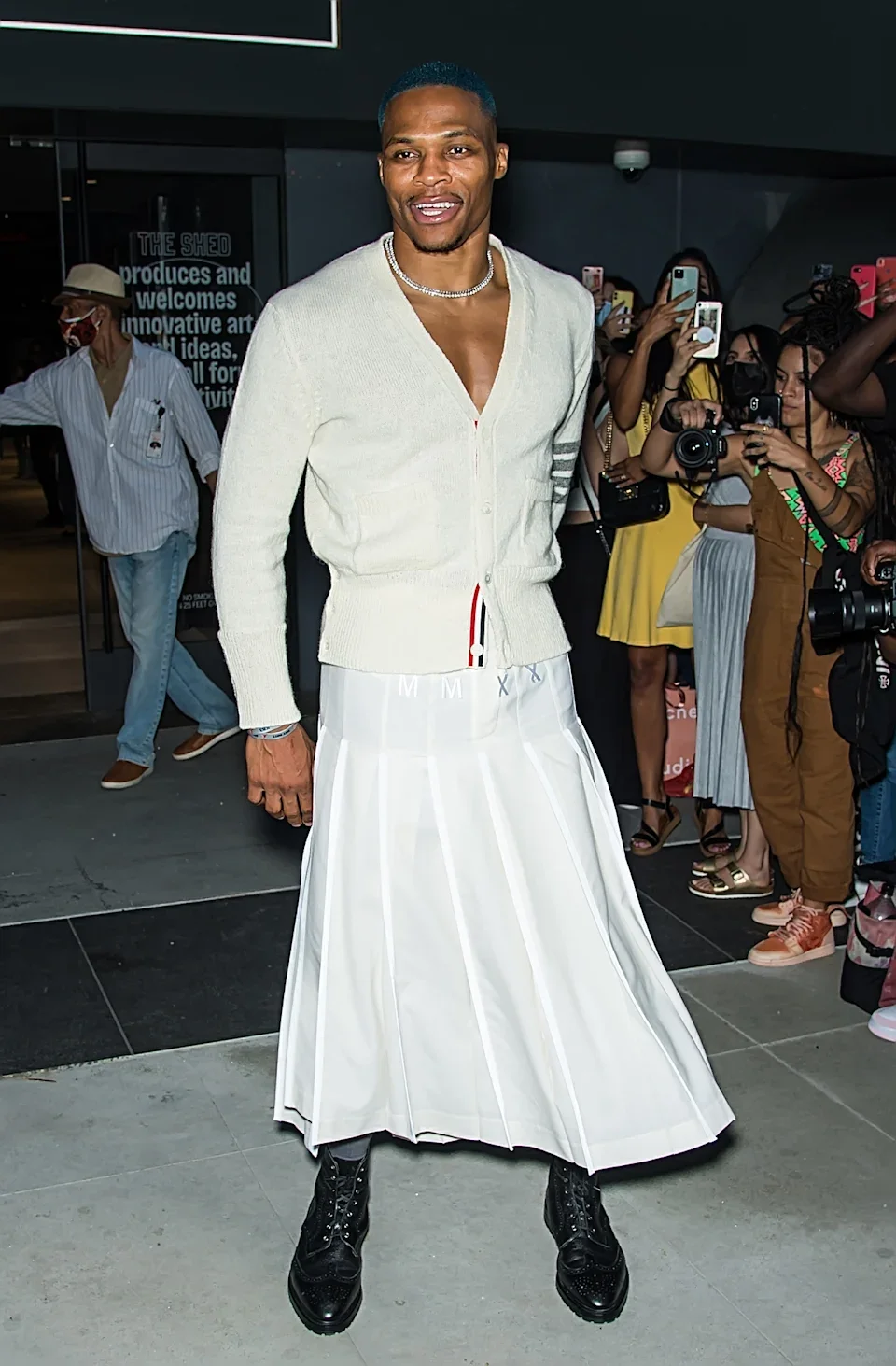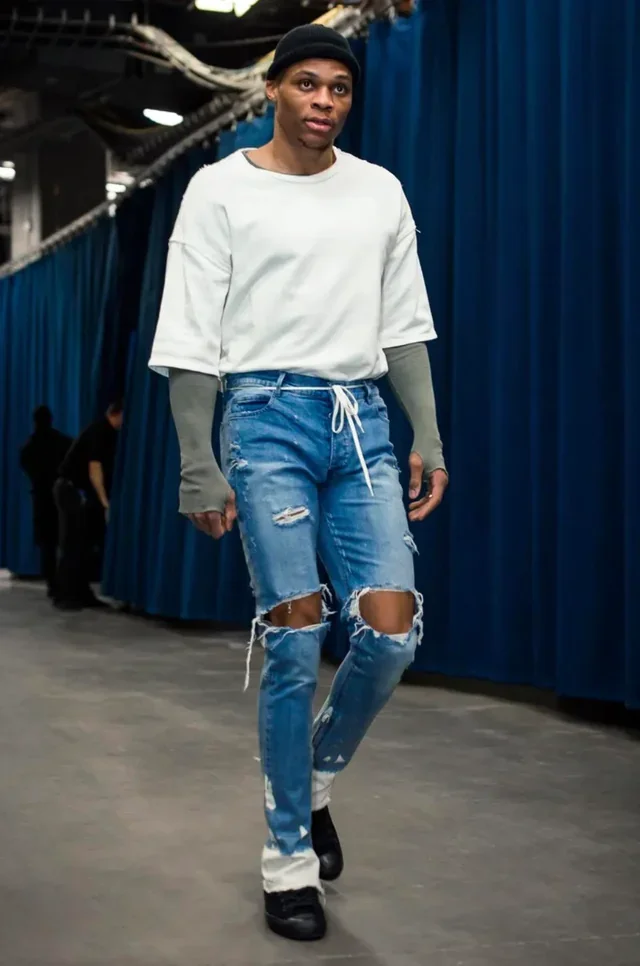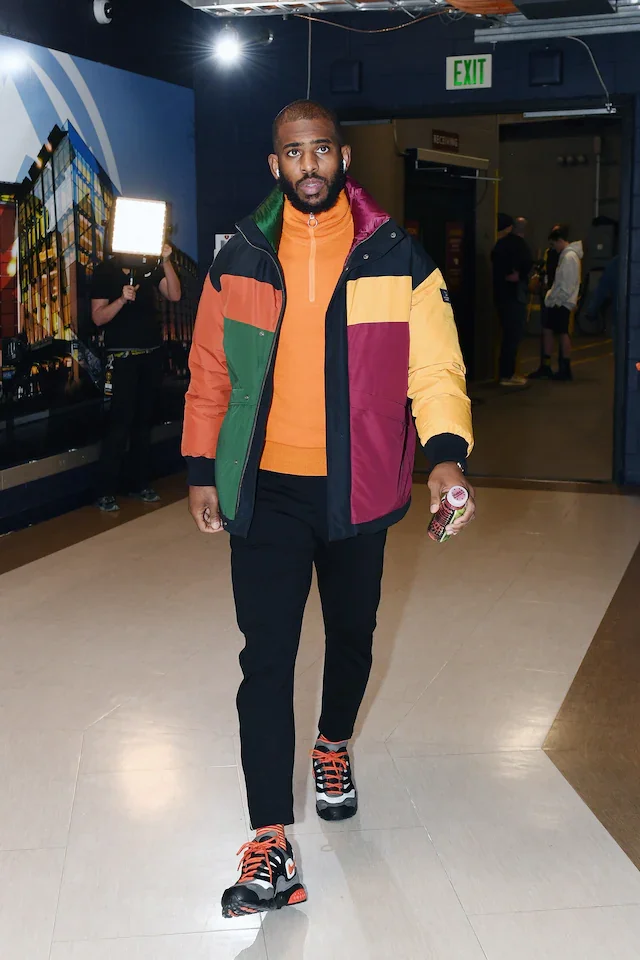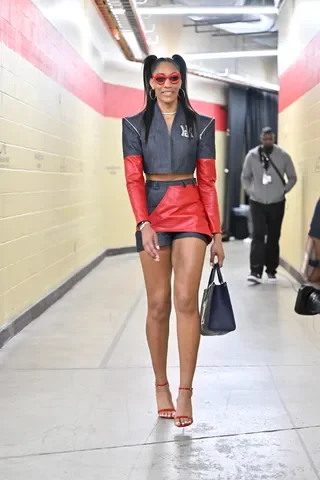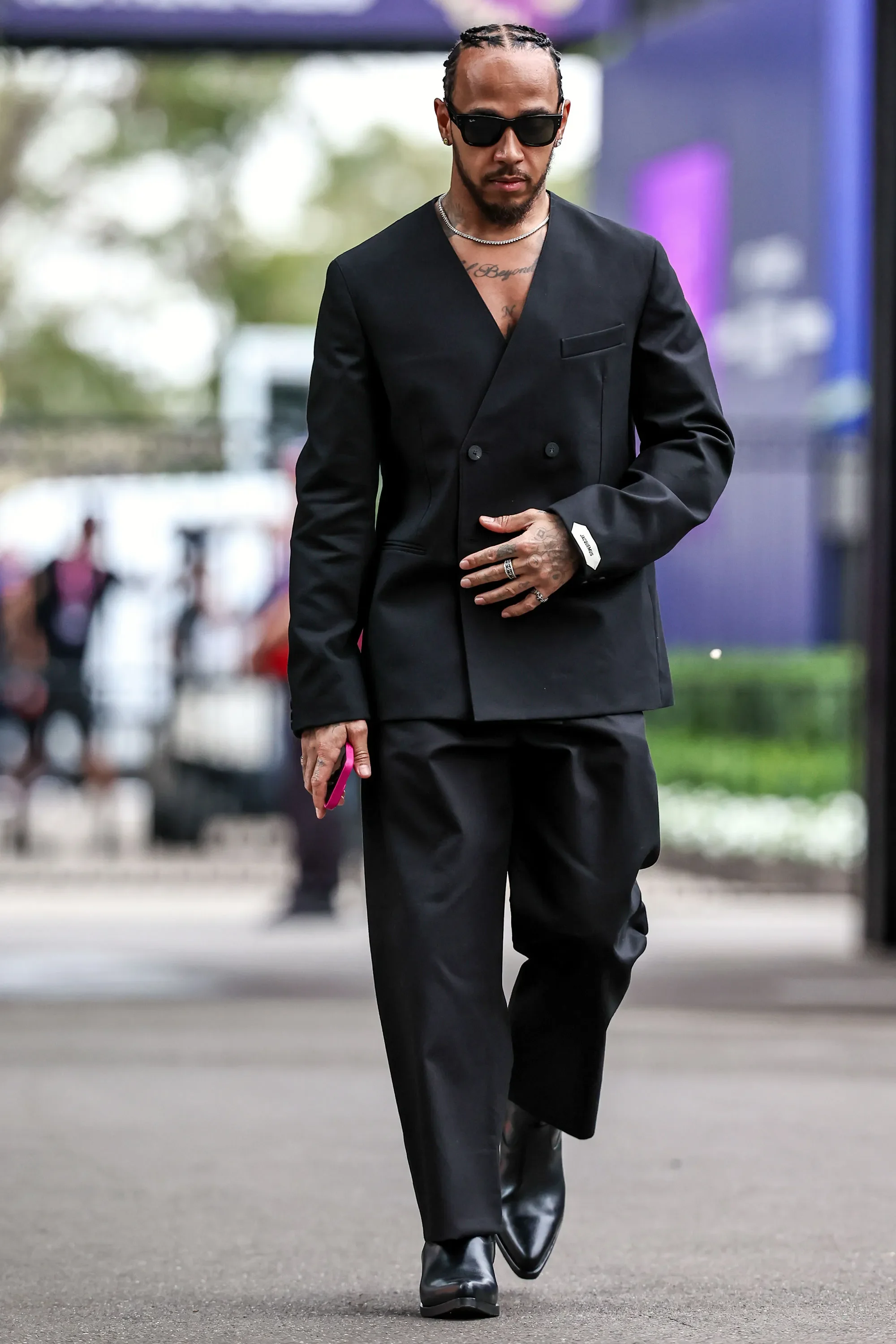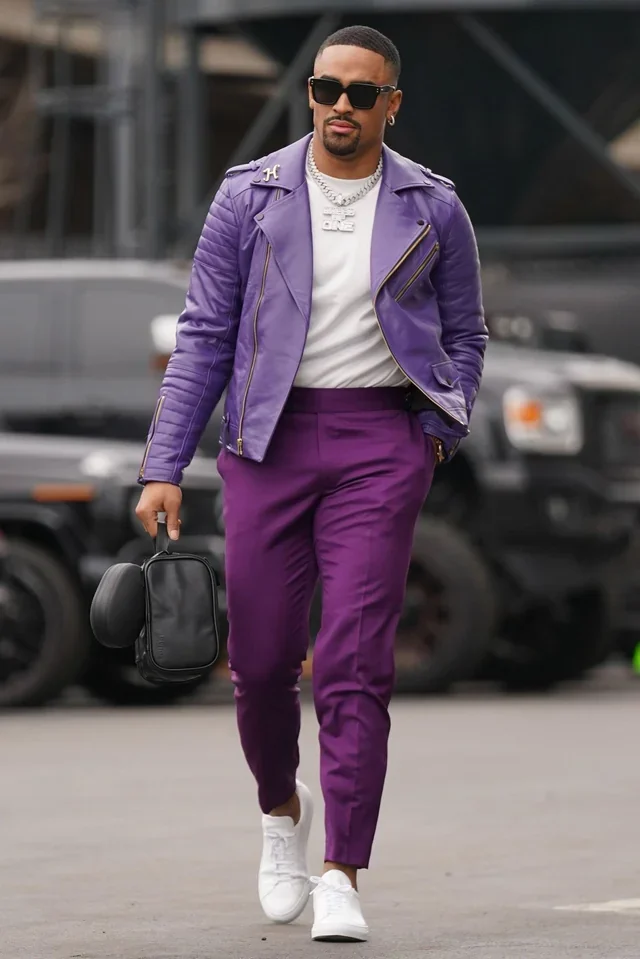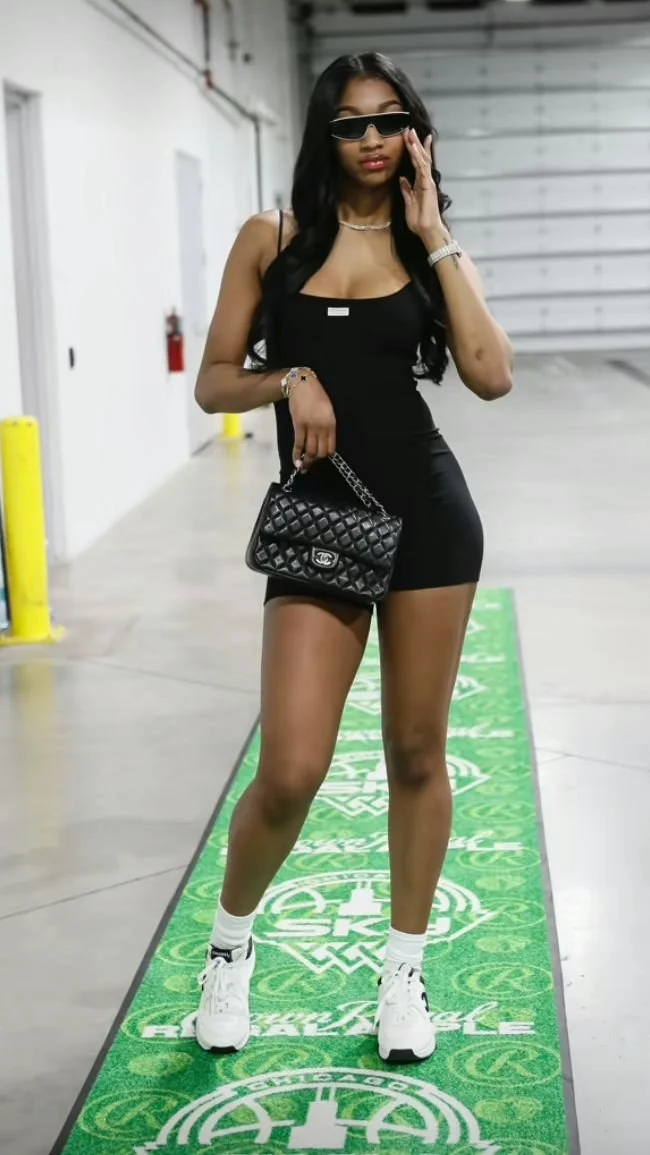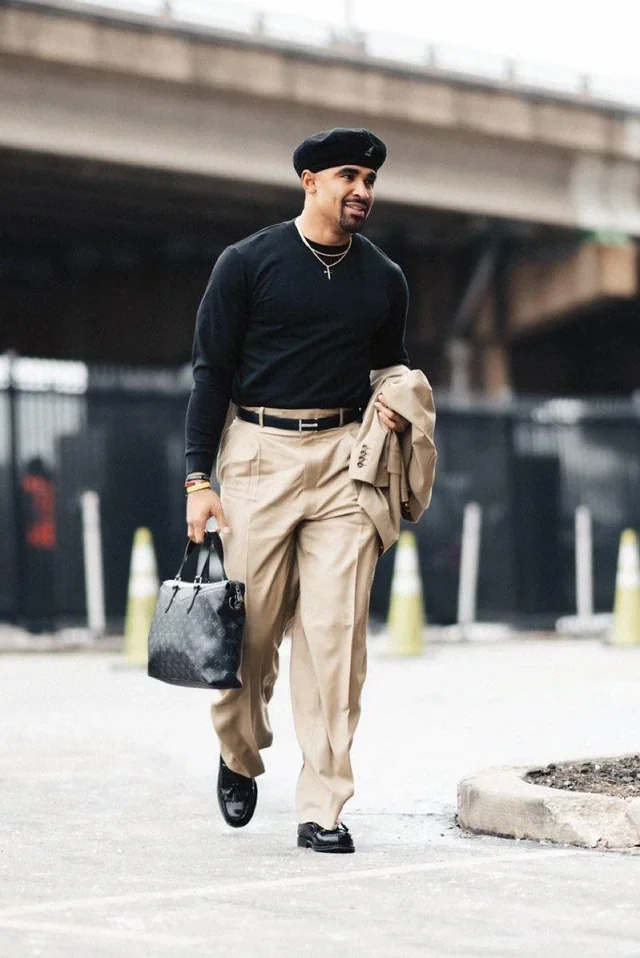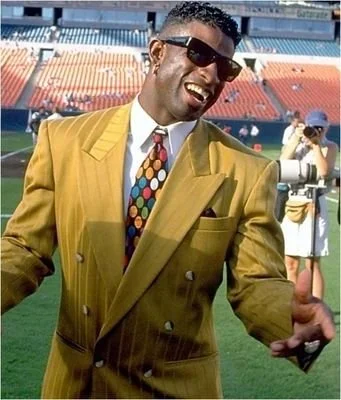The 2025 VMAs Red Carpet: Best Looks, Big Statements, and Style Shifts
The 2025 VMAs brought bold red carpet energy from siren reds and sharp plaids to menswear moments that mattered. Ciara stunned, Doja made dessert into fashion, and the night delivered both hits and surprises.
The 2025 VMAs brought the usual glam, edge, and a few unexpected twists to the red carpet. Bold statements and cohesive style teams lit up the night, from punchy plaids to siren reds and even a few standout menswear moments. Here’s a breakdown of what worked, what didn’t, and who truly owned the carpet.
Red Was a Power Move
Sabrina Carpenter and Ciara both leaned into vibrant reds, a classic color that never fails to make a statement. Ciara, took the crown for best dressed, rocking a stunning Schiaparelli piece that perfectly balanced power and poise. Sabrina’s look felt fresh and youthful, adding a modern twist on classic glamour to the event.
Checkered Drama and Archival Patchwork
Doja Cat turned heads in a sculptural checkered Balmain look, proving once again she’s in a league of her own. Her fashion moment doubled as an announcement to her new role as the face of MAC Cosmetics, under the creative direction of Nicola Formichetti. The cherry on top? She ate a chocolate lipstick created for the campaign by French-Swiss pastry chef and chocolatier Amaury Guichon, making it the night’s most unforgettable stunt.
Ice Spice reached into the archives, wearing Look 50 from Ralph Lauren’s Spring 2003 collection. A patchwork piece with nods to plaid, denim, and Americana, the look struck a perfect balance between nostalgia and fashion history.
Glorilla, wearing Helen Anthony, bringing structure with swagger, proof that plaid still feels fresh when done right.
Cohesion Cool & Vintage Revival
Katseye, the rising girl group, brought full fashion cohesion in Dolce & Gabbana, celebrating their first VMA win and giving a fiery performance of “Gabriella” during the preshow. Their styling was tight, cohesive, and on-brand.
Meanwhile, Tyla dug deep in the archives bringing back a vintage Chanel look that felt both effortless and editorial.
Menswear Moments: Cool, Confident, Unbuttoned
While the red carpet was heavy on bold patterns and red gowns, the men kept it cool with intention.
Ricky Martin gave us sleek, sophisticated edge with an open shirt and layered chains. Lenny Kravitz, never one to miss a fashion beat, wore Saint Laurent, blending rockstar nonchalance with high fashion detail. His shirtless look felt on-brand in all the right ways.
J Balvin also stood out in a tailored plaid look that balanced structure with personality, another nod to the evening’s pattern trend.
Tate McRae Steps Into Creative Partnership
One of the night’s best moments came from Tate McRae, who wore Ludovic de Saint Sernin on the carpet and Luar for her performance. Her big announcement? Ludovic is officially stepping in as her creative director, marking the start of what could be one of pop's most stylish collaborations.
Lady Gaga, Ariana Grande & the Quiet Moments
Lady Gaga showed up, collected her award, and beamed in a full-blown performance from Madison Square Garden, total legend behavior. Ariana Grande pulled up in Fendi, looking sweet and minimal. Both gave us star power, but neither look hit with the impact we’re used to.
Hits, Misses & Room to Grow
While most looks were on point, a few fell flat. Conan Gray’s Erik Charlotte ensemble didn’t quite land but hey, fashion is about risk. Not everyone can be best dressed.
A Note on Creativity, Authenticity, and the Culture of the Carpet
We saw clear nods to the past: Ice Spice's Pamela Anderson-inspired glam, Summer Walker’s throwback styling, and even Tate McRae, who drew comparisons to Britney Spears. These references are fun, nostalgic, and valid but we’re hoping to see more artists interpret the past rather than rely on it. Inspiration is powerful, but originality is what pushes fashion forward.
Some of the red carpet looks felt more like gimmicks than style statements. And while we never want to discourage experimentation, there’s a difference between playing dress-up and truly showing up in something that reflects your artistry.
On the branding side, the step-and-repeat design left us puzzled. With Paramount+ and CBS logos front and center, the iconic MTV branding felt like an afterthought. The Moonperson was still there, but the vibe was more corporate crossover than youth culture moment.
We say this with love: MTV built its legacy on music videos, TRL, and genre-defining shows like The Real World. The VMAs should feel like that loud, creative, original, and a little chaotic in the best way.
Let’s make space for the new, not just keep remixing the old.
Primetime Energy: The Story Behind the Tunnel Walk
It’s not just a walk, it’s a statement. How the tunnel became the most powerful runway in sports.
These days, athletes don’t just show up to play; they show up to be seen. The pregame tunnel walk has become an essential moment in modern sports: part fashion show, part branding move, and part cultural flex.
But the tunnel didn’t always have this kind of energy. To understand where it started, and how it became the spotlight before the lights even come on, you’ve got to go back to where swagger met sport: Primetime.
Long before social media turned athletes into fashion influencers, Deion Sanders was doing it for the cameras, whether they were rolling or not.
Nicknamed Primetime for good reason, Deion treated the tunnel like a red carpet. Gold chains, custom suits, designer shades, his walk to the field was a message: I’m already winning. He wasn't playing one sport; he was playing two, and still had time to stunt.
But Deion wasn’t alone. Other athletes of the '90s helped lay the foundation:
Michael Jordan brought elegance and dominance, often in oversized suits that screamed success. The message: dress like you own the place.
Dennis Rodman was the chaos agent; fearless, experimental, gender-defiant. Crop tops, nose rings, dyed hair, wedding dresses. Rodman didn’t need a tunnel to make a scene.
Andre Agassi, in a different sport entirely, was tearing up tennis norms with neon, acid-wash denim, and wild hair. “Image is everything,” he once said and he meant it.
Everything changed in 2005.
Following the infamous Malice at the Palace brawl, NBA commissioner David Stern implemented a strict dress code. Players were required to wear business casual attire to and from games no more chains, baggy jeans, throwbacks, or sneakers.
To many, it was a direct response to the unapologetically Black, hip-hop-infused style that had become synonymous with stars like Allen Iverson, Carmelo Anthony and Dwayne Wade
They wore their culture on their sleeve: durags, fitted caps, throwback jerseys, Timberlands. It wasn’t about fashion; it was about realness. And that scared the league.
But rather than kill personal style, the dress code challenge did something unexpected: it sparked a new wave of fashion innovation.
Players adapted and elevated. They embraced tailoring, luxury brands, and eventually, stylists. They followed the rules, then found ways to bend them. Fashion became part of the game plan.
But while the tunnel was heating up in the U.S., another kind of fashion influence was brewing across the Atlantic - David Beckham.
In the early 2000s, Beckham wasn’t just a football star; he was a global fashion icon. From custom suits to streetwear collabs, he turned soccer into style. His impact paved the way for today’s European footballers like Kylian Mbappé, Jude Bellingham, and Cristiano Ronaldo, all of whom treat stadium arrivals like personal runway shows.
Beckham helped establish the European pre-match style moment long before most American athletes were thinking about tailoring.
Around that same time, Serena Williams was changing the game in more ways than one.
On the court, she defied tennis tradition wearing catsuits, boots, and bold designs that made headlines and sparked debate. Off the court, she became a fashion icon in her own right: launching her own line, fronting Nike campaigns, and turning red carpets into power statements.
Serena didn’t follow trends, she set them. Her presence helped redefine how women athletes are seen: not just as competitors, but as cultural leaders and style innovators.
In recent years, athletes have transformed the pregame tunnel into a runway, a place where personal style, cultural expression, and bold statements collide. Russell Westbrook emerged as the fashion wildcard of the NBA: fearless, unpredictable, and fully himself, whether in crop tops, kilts, or full designer ensembles. LeBron James used the tunnel as a messaging platform, donning coordinated suits with his teammates or statement tees that speak to social causes. Serge Ibaka brought Congolese flair with Parisian polish, while Chris Paul refined what off-court elegance could look like for the modern athlete.
The tunnel became the pregame show before the pregame show, and it’s not just the NBA anymore. Odell Beckham Jr. brought his signature style to NFL entrances, mixing bold prints, designer bags, and high-end sneakers. Travis Kelce and Jalen Hurts also blurred into high fashion, turning tunnel arrivals into headlines. In the WNBA, stars like Skylar Diggins-Smith, Angel Reese, and A’ja Wilson fused streetwear with a feminine edge, proving that the women's game could compete on every level, style included. Also, in Formula 1, Lewis Hamilton redefined what fashion in sport could look like.
So, who’s setting the bar in 2025?
Deion Sanders may have started it, but today’s athletes are carrying that Primetime energy into every tunnel, every city, every camera flash. The tunnel fit isn’t just about clothes. It’s about identity. Culture. Swagger. Presence.
Before a single point is scored, the game has already begun, right there in the tunnel.


